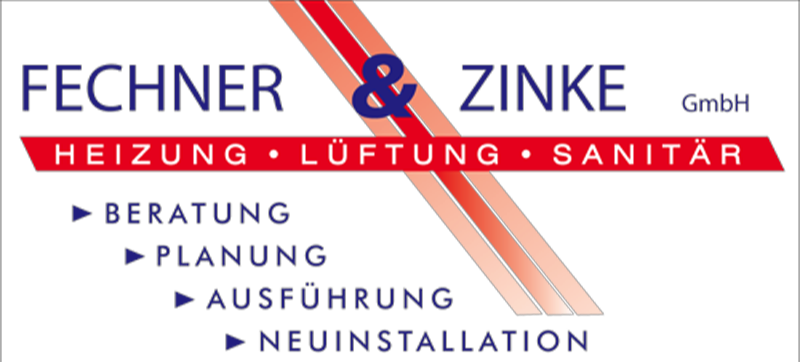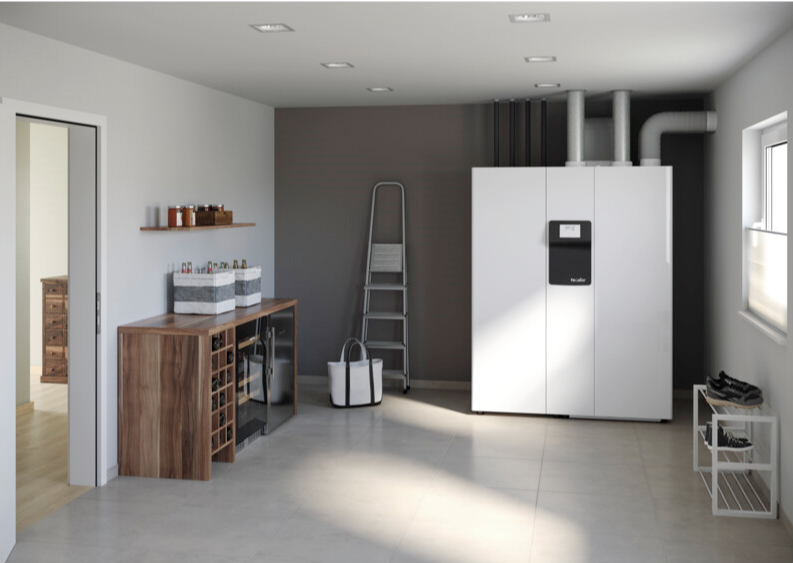Wir sind
Die Fechner & Zinke GmbH ist ein klassisches Installationsunternehmen für die Gewerke Heizung und Sanitär. Seit 1995 zählen zu unseren Kunden neben Wohnungsbaugenossenschaften, Hausverwaltungen und Gewerbebetrieben, viel zufriedene Privatkunden im Wartungsgeschäft. Insbesondere unsere schnelle Reaktionszeit sowie die im Bedarfsfall umfassende Beratung führen seit jeher zu Empfehlungen unter Privatkunden, Architekten und Hausverwaltungen.
Wasser und Wärme beeinflussen unser tägliches Wohlbefinden wie kaum etwas anderes. Immer mehr Menschen schätzen die regenerierende Wirkung des Wassers und damit das Bad als Ort der Ruhe und Entspannung in den eigenen vier Wänden. Unabhängig davon, ob Sie eine komplette Badneugestaltung oder die Modernisierung einzelner Sanitärobjekte wünschen.
Überzeugen Sie sich selbst und gönnen Sie sich mal wieder Zeit und Erholung in einem Wohlfühlbadezimmer von uns. Auf Wunsch organisieren wir Ihnen alles aus einer Hand



